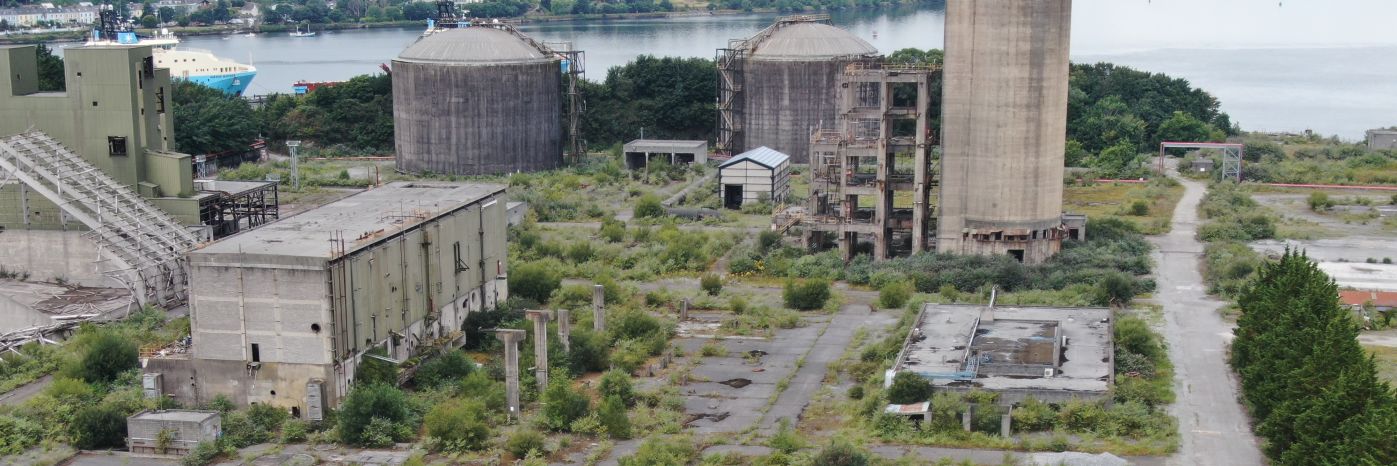

We have worked with some of the biggest names in Ireland's civil sector. Our engineers have years of experience carrying out inspections and surveys of all kinds of assets, structures and landscapes. They understand the critical need to minimise downtime while guaranteeing the safety of all personnel and operational assets on site. Tell us what you need. It's our job to deliver it for you.




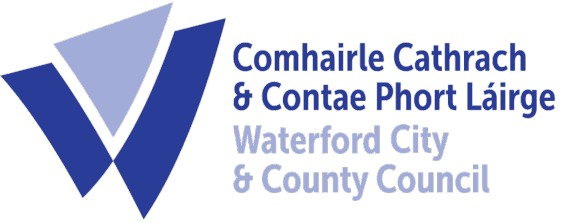
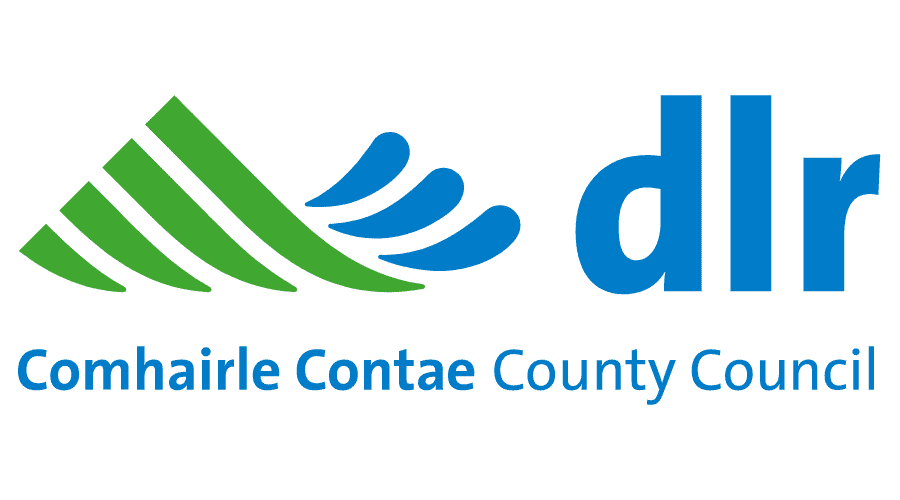
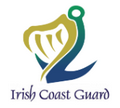
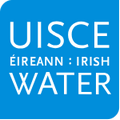


































With bridge inspections, speed to delivery can be critical. But, so is the need to achieve accurate results while minimising downtime and disruption. Drones provide high-resolution imagery, thermal imaging, and LIDAR surveys to identify cracks, structural weaknesses, and other issues in critical infrastructure such as bridges with little or no downtime. With no cranes or rope access needed, drone inspections are quick, safe and cost-effective.
Our engineers use cutting-edge technologies that make a drone inspection so much more than just a photo from the sky. For example, LIDAR can survey riverbeds or ground conditions near bridge supports to assess erosion risks that could compromise stability.
Equipped with high-resolution cameras and sonar systems, our submersible drones can capture crystal-clear imagery and video in murky or low-visibility water.
Inspecting roads and rail infrastructure demands precision, speed, and minimal disruption to operations. Drones equipped with LIDAR , high-resolution imaging, and thermal cameras provide accurate, actionable insights without the need for costly closures or manual surveys. From assessing surface conditions to monitoring structural integrity, drone inspections are fast, safe and cost-effective.
Using aerial imagery and LIDAR mapping, our engineers can quickly survey large sections of roads and rail tracks to detect surface damage, alignment issues, or vegetation encroachment. High-accuracy data supports maintenance planning, resource allocation and project tracking.
For rail networks, drones identify misalignments, ballast degradation or faults in overhead power lines, helping to prevent downtime and costly repairs.
Our drones can safely access areas that are challenging or hazardous for manual inspections, such as tunnels, bridges and embankments. Using thermal imaging, our engineers can highlight issues such as subsurface water intrusion or overheating components in rail infrastructure.
Drones can also streamline inspections for elevated sections of track, ensuring no defect goes unnoticed while keeping personnel out of harm's way.
Monitor rivers, canals, and watercourses with advanced aerial and underwater drone technology. Using a combination of LIDAR , sonar, and high-resolution imaging, our engineers can deliver precise data to help you identify erosion, sediment buildup and obstructions that impact water flow. Priduced to your timetable, our deliverables can provide critical insights for flood risk management, maintenance planning and environmental compliance.
Equipped with LIDAR and photogrammetry payloads, drones can map waterways with unmatched accuracy. LIDAR penetrates vegetation to generate detailed 3D models of riverbanks and surrounding terrain, helping to identify erosion, soil movement and structural vulnerabilities.
For submerged areas, underwater drones use sonar systems and high-resolution cameras to scan riverbeds, canals, and reservoirs. These technologies detect sediment buildup, scouring, and blockages, ensuring thorough assessments even in murky or low-visibility waters.
Combining multispectral imaging and thermal cameras, our engineers can monitor water temperature, vegetation growth and pollution levels. Delivered in the format and to the timetable that works for your team, this data can help track ecological changes, identify sources of contamination and ensure compliance with environmental regulations.
Survey buildings for structural integrity, thermal inefficiencies and damage. Our drones are equipped with high-definition cameras, thermal imaging and 3D modelling technologies. From skyscrapers to historic buildings, our drone inspections deliver accurate insights while reducing the need for slow and costly scaffolding, improving safety and minimising disruption.
Drones equipped with high-definition cameras can capture detailed imagery of facades, roofs and other hard-to-reach areas. These images identify cracks, surface damage, water ingress, and other structural concerns with precision, enabling timely maintenance and repairs.
Using advanced thermal cameras, our engineers can detect heat loss, insulation failures, cold bridges and other thermal inefficiencies in building envelopes. These insights allow our civil-sector partners to address energy wastage, reduce operational costs and meet sustainability goals.
Drones equipped with photogrammetry and LIDAR technologies can create detailed 3D models and digital twins of buildings. These models can be invaluable for restoration projects, design planning, and long-term monitoring of structural changes, particularly for complex or historical structures.
Drones eliminate the need for manual roof access by providing aerial surveys with high-resolution and thermal imaging. Used in this way, drones can identify leaks, weather damage and structural weaknesses quickly and safely, saving time and reducing risk to personnel.
Inspect critical port and harbour infrastructure with precision. Our engineers can conduct aerial and underwater surveys of piers, docks, cranes and other maritime facilities. By identifying corrosion, structural damage or operational inefficiencies, these inspections help ensure the longevity and safety of key assets.
Fitted with the latest high-definition cameras, our UAVs can inspect cranes, docks and above-water infrastructure for signs of corrosion, cracks or other structural wear. This reduces the need for scaffolding or manual inspections, improving safety and minimising disruption.
With sonar and high-resolution imaging payloads, our submersible drones can gather data on the condition of submerged structures like pilings, sea walls and mooring points. Carried out by experienced engineers, these inspections can detect erosion, marine growth and structural damage in areas that are difficult or hazardous to access manually.
Drones equipped with multispectral imaging and water quality sensors allow our engineers to monitor sediment movement, water pollution and ecological impact near ports and harbours. We can give you raw data or expert analysis. Either way, this data can support compliance with environmental regulations and sustainable operation.
By capturing real-time aerial data, drones can provide insights into cargo handling, traffic flow and overall operational efficiency. Such insights can help to optimise workflows and identify potential bottlenecks in port operations.
Drone inspections can help ensure the integrity and performance of pipeline, sewage and irrigation systems while reducing manual labour, improving efficiency and preventing costly failures. Working to your spec, our engineers can use aerial and thermal imaging technologies to detect leaks, assess vegetation encroachment and monitor structural integrity.
Drones equipped with thermal cameras can identify temperature anomalies that indicate leaks in pipelines, water mains or irrigation systems. This non-invasive method allows rapid detection and precise location of issues, even across large or hard-to-reach areas.
With drone multispectral imaging, our civil sector clients are able to monitor vegetation growth around pipelines and irrigation channels. This technology detects early signs of root intrusion or soil displacement, which can lead to pipeline damage or reduced water flow.
Drones equipped with LIDAR technology can create detailed 3D models of pipeline routes, sewage systems and irrigation infrastructure. This data helps our partners to assess structural integrity, identify areas prone to erosion/subsidence and plan for repairs or upgrades.
For underwater pipelines or irrigation channels, submersible drones equipped with sonar and high-resolution cameras can inspect submerged sections for damage, corrosion or blockages. This technology provides critical insights without the need for divers or costly shutdowns.
Monitor the condition and performance of critical flood defence infrastructure, including embankments, dams and barriers. Our engineers can use drones equipped with LIDAR , photogrammetry and thermal imaging to assess erosion, structural damage and potential weak points. This data enables proactive maintenance and supports effective flood risk mitigation.
Drones equipped with LIDAR and photogrammetry payloads provide detailed topographical surveys of flood defence structures and surrounding terrain. Our engineers can use this data to detect soil displacement, erosion or uneven settlement that might compromise the integrity of embankments or dams.
Thermal imaging technology can identify subsurface anomalies in flood defences, such as moisture penetration, cracks or voids. This allows our clients to detect early signs of failure and address them before they escalate.
Using drones with multispectral imaging and water quality sensors, our engineers can monitor sediment accumulation and water flow near flood barriers or spillways. This information helps identify blockages or imbalances that could impact the effectiveness of the flood defences.
During and after flood events, drones can rapidly survey affected areas to assess damage and guide emergency response efforts. Our engineers can work with you in the field to guide the recovery process and provide expert analysis of any damage.
Preserve and protect historical landmarks with non-invasive drone surveys. Our engineers can use drones equipped with high-resolution cameras, thermal imaging and LIDAR technology to monitor structural changes, identify areas of concern and support restoration projects. These solutions ensure accurate assessments while minimising disruption to these culturally significant sites.
Drones equipped with high-definition cameras capture intricate details of monuments and historical sites, allowing our engineers to detect surface cracks, weathering and other signs of deterioration. Drone inspections like this can be carried out without physical contact (or even close proximity) that could risk damage to the artefacts.
By leveraging LIDAR and photogrammetry, our engineers can create highly detailed 3D models and digital twins of monuments and historical buildings. These models are invaluable for restoration planning, structural analysis and long-term preservation strategies. They can also be used to produce interactive multimedia exhibits or virtual tours.
Thermal cameras can reveal subsurface anomalies, such as moisture ingress, voids or hidden cracks, which are not visible to the naked eye. Our engineers can use this data to identify and address underlying issues before they lead to significant structural damage.
Drone inspections reduce the need for scaffolding or invasive access, ensuring minimal disruption to these sites. Our engineers can safely capture accurate data from difficult-to-reach areas, preserving the integrity and aesthetics of the landmark.
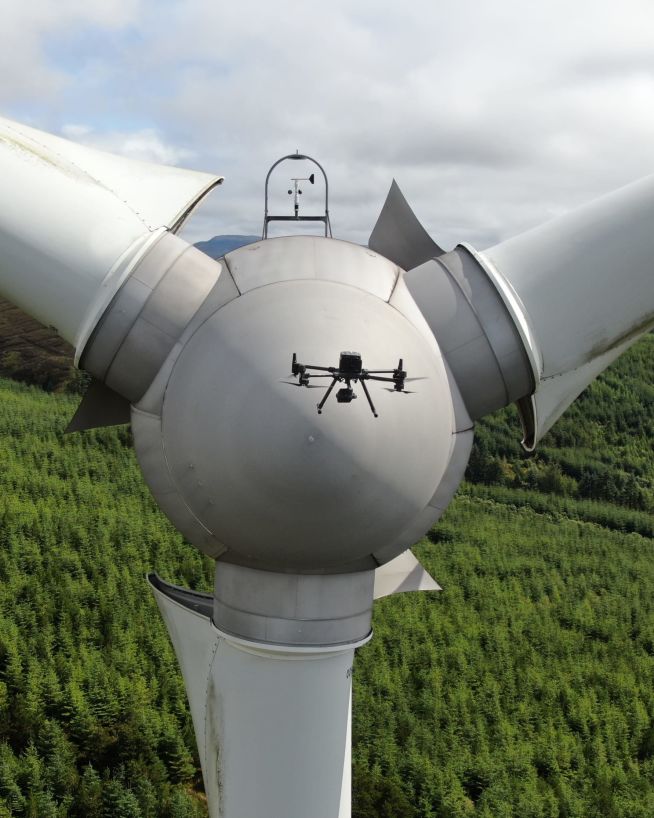
Inspect and maintain energy assets without risk or downtime
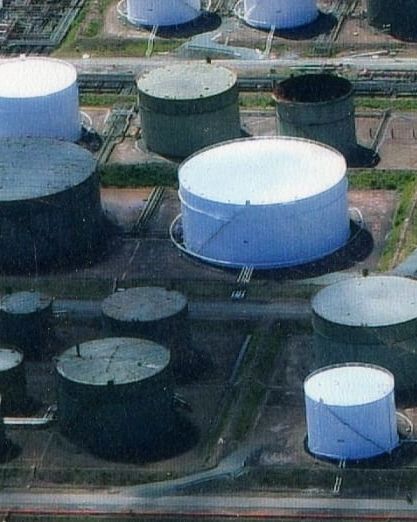
Safer and more cost-efficient flare (oil and gas) inspections
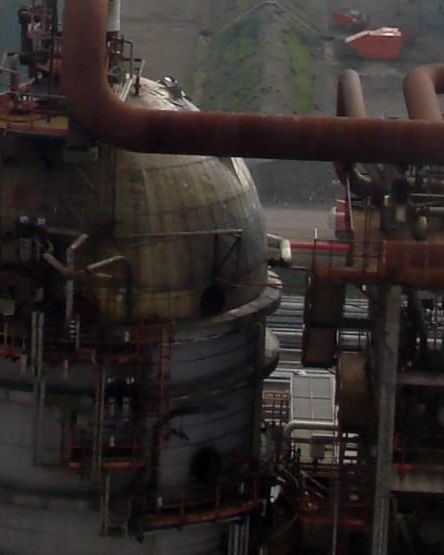
Fast, actionable data without the risks of traditional inspections

Efficient, fast and safe.
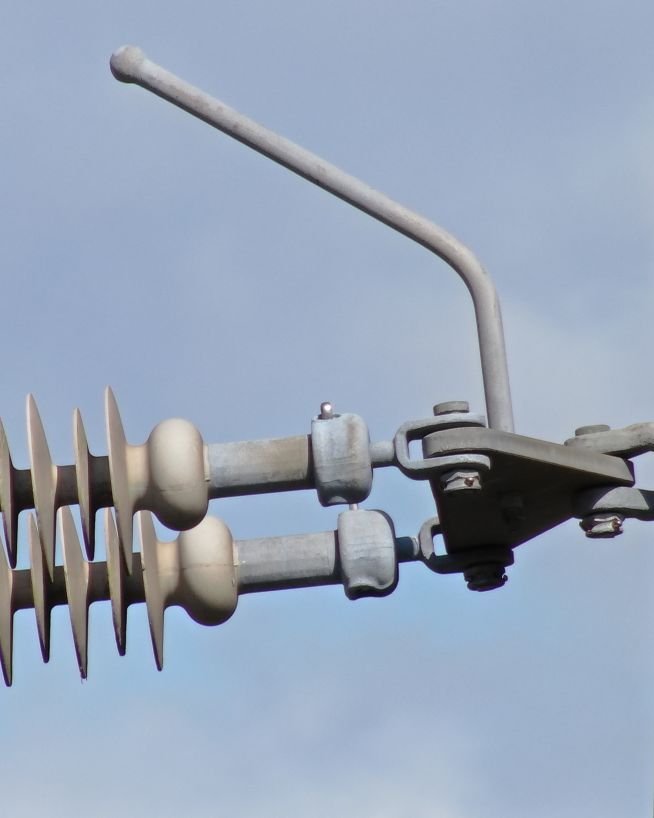
Instantly usable data via a safer and more cost-effective process

Safe, precise and instant reports on vessels and infrastructure
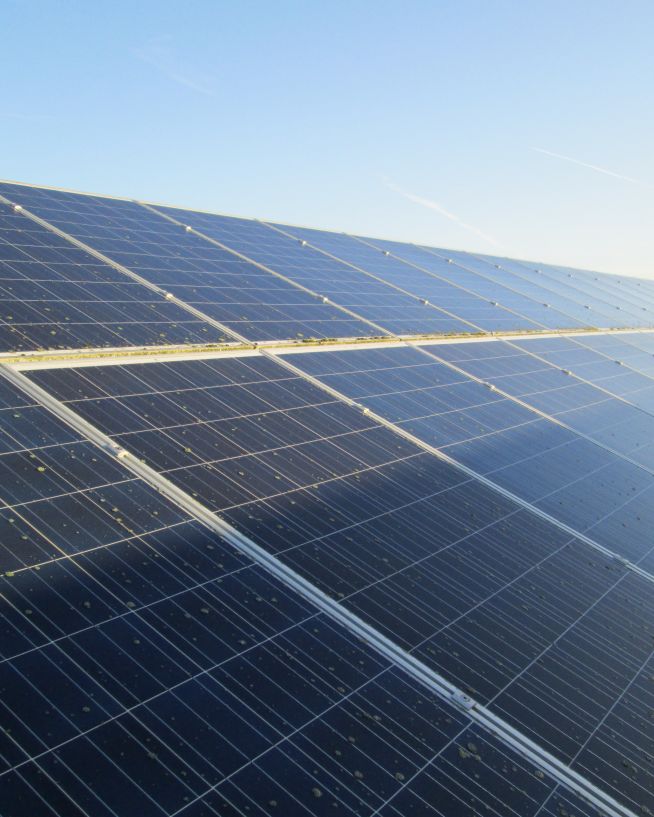
Get actionable data on quality and operational health
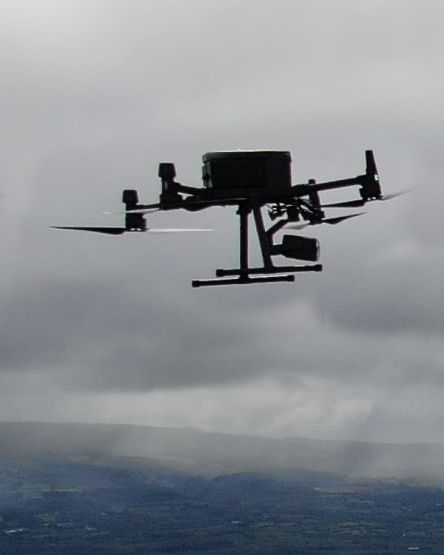
A more cost- and time-effective way to receive critical data
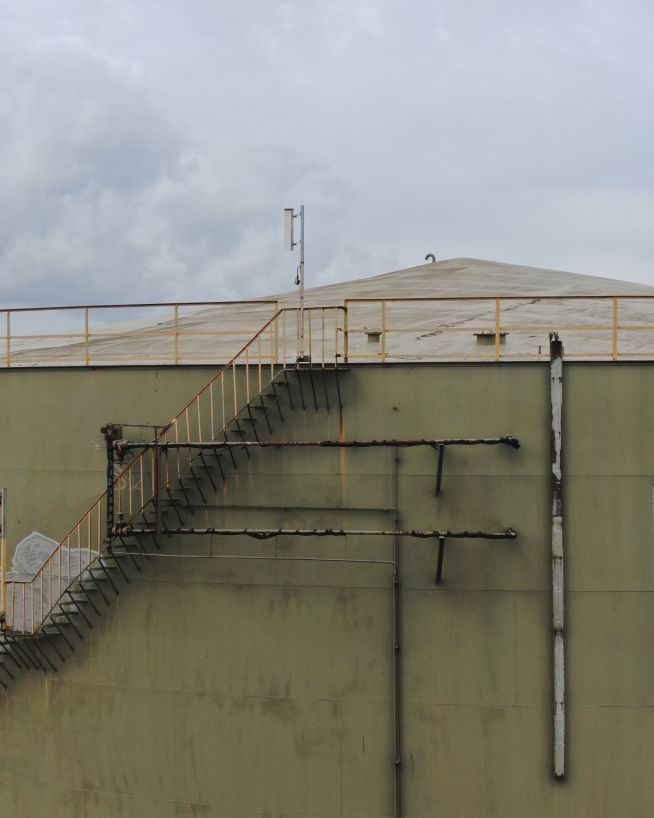
Get fast, usable data from a safe distance
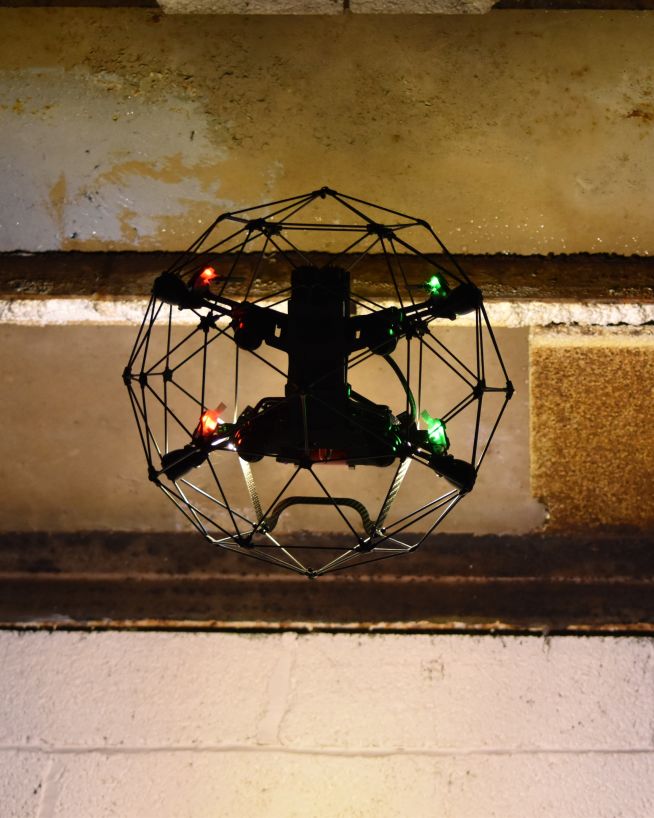
Eliminate safety concerns, save costs and reduce downtime
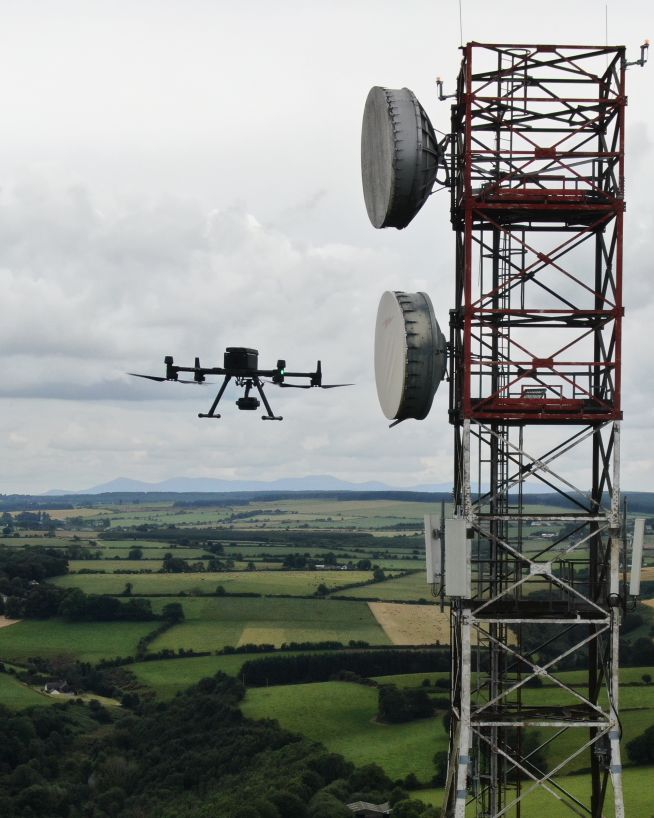
Instantly view complex structures, keeping risks to a minimum
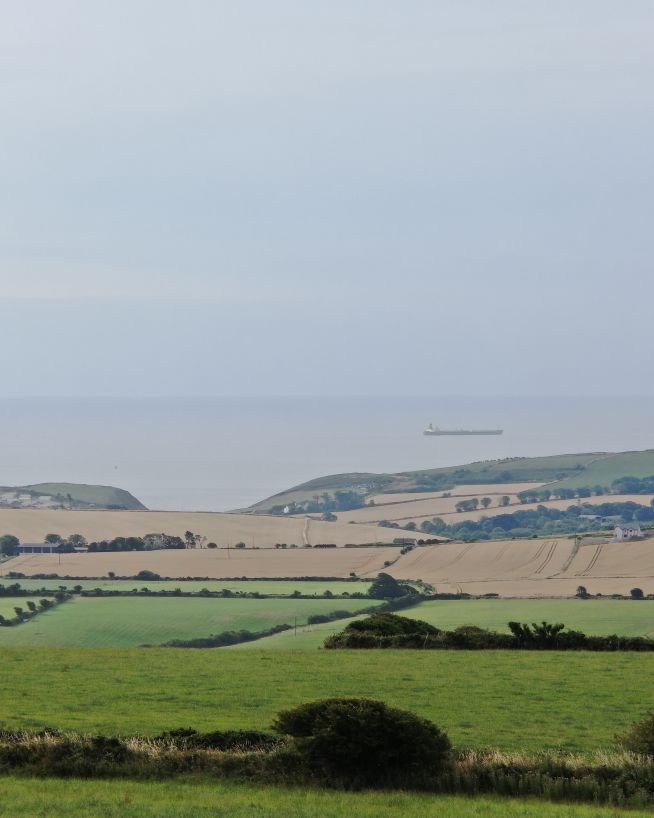
Safer and cheaper underwater ROV inspections
We take emails, phone calls, messages, everything! If you are unsure of what's possible we are happy to advise, the most important thing is to get in touch. We'll be happy to answer any questions you may have.
With drones, it's best to begin where you want to end up. What sort of deliverable would you like when it's all finished? If you are not sure then we can advise. We can look at what you would like and work backwards from there.
Once we have agreed on what is to be done, the scope of work is set and a price is agreed upon. We feel it is vital that everyone knows what they are getting and what they are paying for it. There should be no confusion.
Once we have confirmation you are happy to proceed, we start the ball rolling. We organise things like RAMS, site permits, Air Traffic Control clearance and much more. Basically, we generate everything needed to turn up on-site with all our ducks in a row.
Next, we do the work on site. We have the gear, we have the know-how, so now it's time to get the job done. This can sometimes be affected by the weather, but for the most part, we get the job done on the date specified.
This is where we take what we generated in the field and turn it into a final deliverable for you. This can be anything from the raw data itself, to fully processed Orthophotos, condition reports, CAD line work or thermal imagery.
The final step is the handover of the deliverables. We tend to use a cloud-based service, so you can access your data anywhere. We can also tie into your existing systems if that is more convenient.
As licensed engineers, we also provide the expertise, understanding, and knowledge necessary to carry out a thorough inspection, with deliverables to match. Our skilled engineers are at the ready.
The Irish Aviation Authority has awarded Engineers with Drones full approval in accordance with the most recent European-wide EASA regulations.
To ensure that you always get the best possible service and cutting-edge deliverables, we purchase the most up-to-date drone technology as soon as it's available.
The operation of Engineers With Drones is governed by a comprehensive HSSE system. Our guiding principles are to reduce risk through rigorous assessment, and to maintain a high level of staff education and training.
We have 6.5 million in public and product liability insurance, and 13 million in employers' liability insurance. Engineers with Drones are fully insured to fly wherever you need.
As we're situated in Ireland, we can respond to your needs quickly, with zero travel complications.
As seasoned engineers in the field, we are aware of the trouble that shoddy reports and deliverables can create. For this reason, we provide you with exactly what you require.
Thanks to our fast turnaround times, your entire project can be completed in a fraction of the time of traditional methods, without any compromise in the quality of your deliverables.
In addition to quadrupling the resolution of an HD camera, 4K also gives you quicker frame rates, incredible contrast variations, and expanded colours. VR video takes the level of immersion and clarity to the next level.
We have worked with a wide range of energy sector clients, including big names in oil and gas, utility-scale solar and wind energy. Here are just a few of the services our engineers can provide using the latest drone technology.
Capture a high-resolution, photorealistic 3D model of your terrain, accurate to the finest details.
Find out moreMitigate the risk factors of traditional confined space inspections, without compromising on quality.
Find out moreReceive instant and actionable cut-and-fill data, without downtime or the risk of human error.
Find out moreCapture high-quality imagery of your assets from never before seen vantage points.
Find out moreMap the features and topography of your land/space efficiently using drone technology.
Find out moreRecord incredibly detailed elevation data to aid in ultra-precise measurements and calculations.
Find out moreTake accurate stockpile measurements faster and with little to no downtime, at a fraction of the cost.
Find out moreDetect abnormalities within your assets that are otherwise invisible to the naked eye.
Find out more